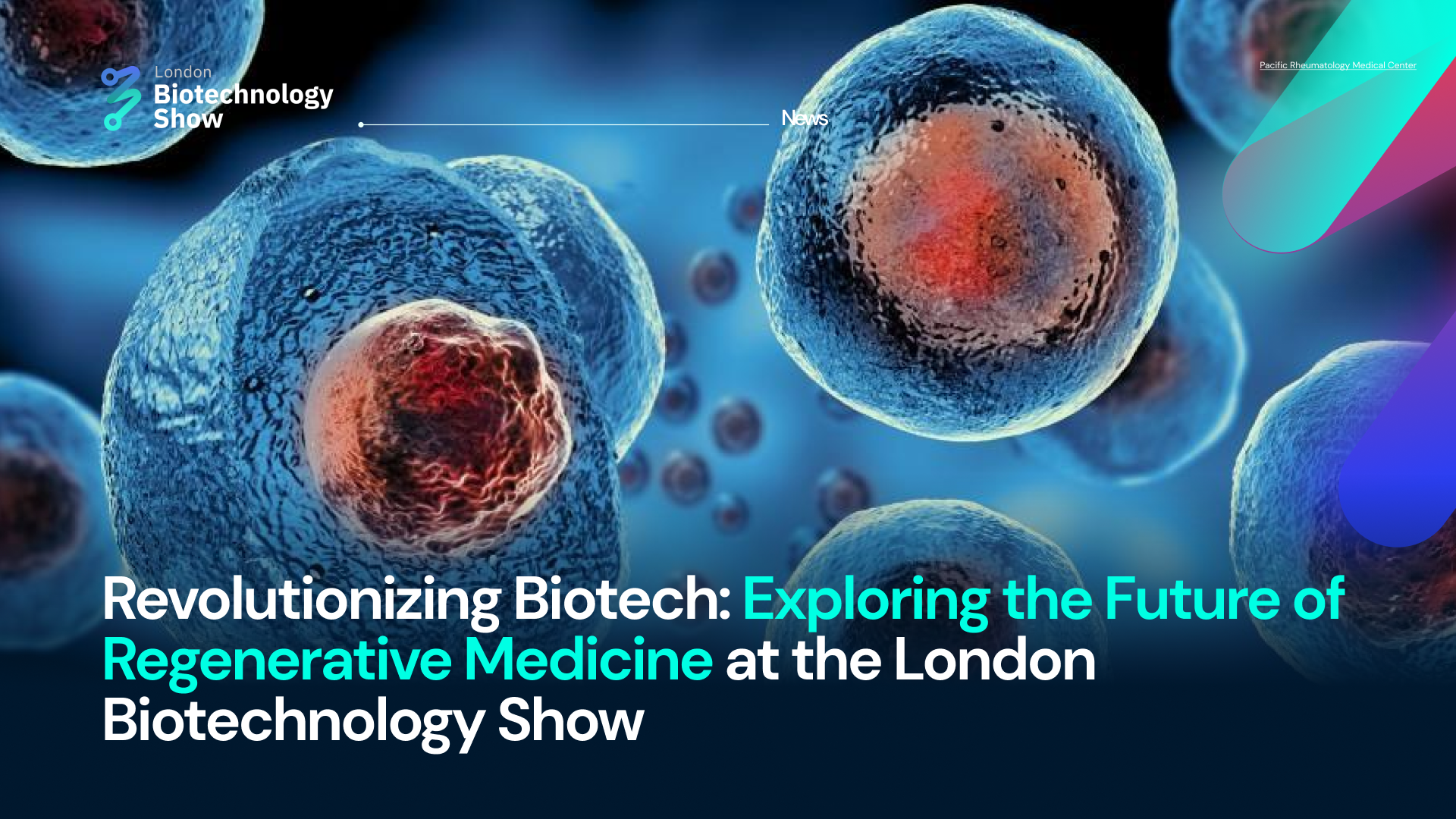The incredible progress in healthcare technologies is truly awe-inspiring, enabling the treatment of illnesses that were once unimaginable. Let’s take an example of a body's healing process. When injured, our bodies naturally activate their inherent healing and protective mechanisms. But through technological intervention, we could now channel this healing power and enhance it in a way that's meaningful for medical practice. The concept of Regenerative medicines, which has opened up endless possibilities for healing and restoration, lies in it.
Regenerative medicine aims to substitute or rejuvenate tissues or organs that have been harmed due to disease, injury, aging, or other factors, as opposed to merely addressing symptoms through medication and procedures. Within the realm of regenerative medicine lies a hopeful endeavor to mend the form and function of compromised tissues and organs. Moreover, it seeks to devise remedies for organs that suffer irreversible damage. The ultimate objective of this approach is to forge revolutionary healthcare answers that could potentially bring about cures for conditions that were once considered untreatable.
Regenerative medicine is an evolving field, characterized by ongoing discoveries and progress. However, several key domains are prominent:
Tissue Engineering: One of the cornerstones of regenerative medicine is tissue engineering. This innovative strategy involves introducing biologically compatible scaffolds into the body, precisely at the sites where new tissue needs to develop. These scaffolds, created using cutting-edge techniques like three-dimensional (3D) printing, are made from materials such as metals, ceramics, and polymers. When shaped to mimic the geometry of the target tissue and designed to attract cells, these scaffolds become a fertile ground for the growth of new tissue. What's more, with careful intervention, this approach can lead to the creation of fully functional engineered tissue, enabling the body to heal in remarkable ways.
Cellular Therapies: Within each of us reside countless adult stem cells, a built-in mechanism for self-repair. Recent research has unveiled the potential of these cells to serve as agents of regeneration. When harvested and strategically injected into areas afflicted by disease or tissue damage, these adult stem cells can play a vital role in reconstructing new tissue. Stem cells can be sourced from various parts of the body, including blood, fat, bone marrow, dental pulp, skeletal muscle, and even cord blood found in the umbilical cord and placenta after birth. As scientists and clinicians refine their techniques for preparing and administering these harvested stem cells, the prospect of repairing previously irreparable tissue becomes increasingly promising.
Medical Devices and Artificial Organs: In situations where organ failure occurs, the standard approach often involves organ transplantation from a donor. However, this avenue is not without its challenges, including organ availability and the need for recipients to take immunosuppressive medications. Additionally, the search for a suitable donor organ may require interim solutions to support or supplement organ function until a viable transplant is available. The field of medical devices and artificial organs addresses these challenges head-on.
As we stand at the crossroads of medical innovation, the narrative of regenerative medicine is one of hope and transformation. Let’s explore this field at the London Biotechnology Show and see how the body's intrinsic abilities are harnessed to heal, restore, and redefine the possibilities of healthcare. Through tissue engineering, cellular therapies, and the advancement of medical devices, let’s see how regenerative medicine paints a future where healing knows no bounds, and the limits of recovery are continually being pushed further.

